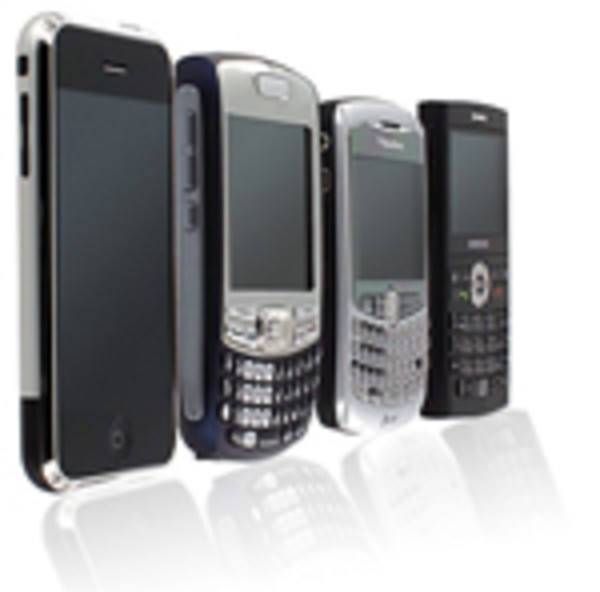According to a new report from tech research firm Forrester, the smartphone as a standout mobile category is a shaky paradigm with rapidly shifting parameters. The emergence of mobile operating systems, the ability to install and run third-party apps, and the wide availability of multimedia features (camera phones, video phones, and MP3-playing phones abound) have all been game-changing developments in the mobile field, but they are quickly becoming commonplace. According to a recent New York Times feature, around 50 percent of mobile devices will be “smart,” multimedia-enabled gadgets within the next three to four years, and these devices could constitute a full 90 percent of the mobile market by 2015.

So, what defines a smartphone as all phones become smarter? What is the exact trajectory of the mobile learning curve?
First, multimedia features such as multi-megapixel flash cameras, video playback, MP3 players, widgets, email, social network access, and Internet browsers are becoming the new standard for mobile devices. Right now in Western Europe, more than 80 percent of handsets have cameras, with MP3 capabilities for around 60 percent and video on about half of existing devices.
Second, competition with Apple’s iPhone has prompted OS innovation in a trickle-down effect. Google’s Android, the Blackberry Storm (which sounds like some kind of Blizzard flavor but is actually a full touchscreen device without the mobile manufacturer’s signature-if-clunky QWERTY keyboard), Palm’s competitively priced Pre, and devices from HTC and Nokia have all garnered well-deserved interest in recent months. And though the iPhone still holds a significant amount of the high-end mobile market share, the number of devices sold still pales in comparison to the number of Blackberry users, for example, which leaves lots of room for smartphone competitors.
Third, devices that were once top-of-the-line are now moving toward mid-range prices, meaning that more and more consumers will have access to smartphone technology. This poses a significant threat to GPS systems, low-end video cameras, and MP3 players, all of which can look to pagers and PDAs as the ghosts of Christmas yet to come.
These “adjacent sectors,” as they’re termed in the Forrester report, can also prepare for the mobile future by offering services and content on mobile devices, licensing technologies to hardware manufacturers, improve their own devices to be a couple steps ahead of mobile handsets, and minimize any possible future overlap with mobile offerings.
Finally, the report sees major and minor feature sets across all “smart” mobile devices (e.g., Kindle 2 is a poor music player, and the PlayStation Portable is multidimensional but best at games), but the folks at Forrester don’t see all the competition as heading toward convergence. “No device,” it reads, “is best in breed for everything – and nor will it ever be.” Rather, devices will be (or ought to be) classified in the near future based on whether devices/operating systems are primarily extensible through apps (think iPhone) or fundamentally “open” (think Android), whether they are best used to create or consume content, and whether they are more suited to utility or entertainment.
Another prediction is that of continuing fragmentation in mobile software offerings. Apple devices will continue to run on Apple software; HTC, however, creates handsets for Android and Windows. Sony needs a replacement for Symbian’s UIQ; and Palm, Samsung, LG, Nokia, and Motorola need to develop winning strategies for the smartphone game. Microsoft and Google each need to work to improve their offerings and increase adoption rates. None of these facts points to a winner-takes-all conclusion, or even a two-party system such as we now see with personal computers (sorry, Linux – you’re still our favorite hobby OS).
In a word, there will be plenty of healthy variety and a device and OS for every kind of mobile user in Forrester’s version of the future of mobile.









